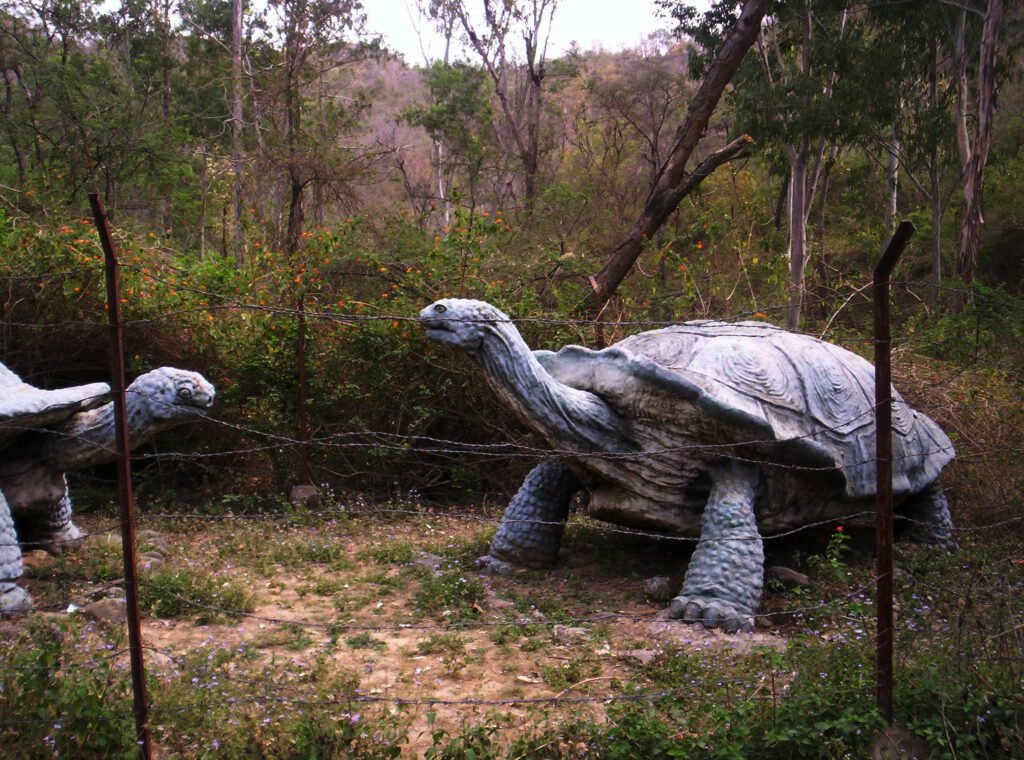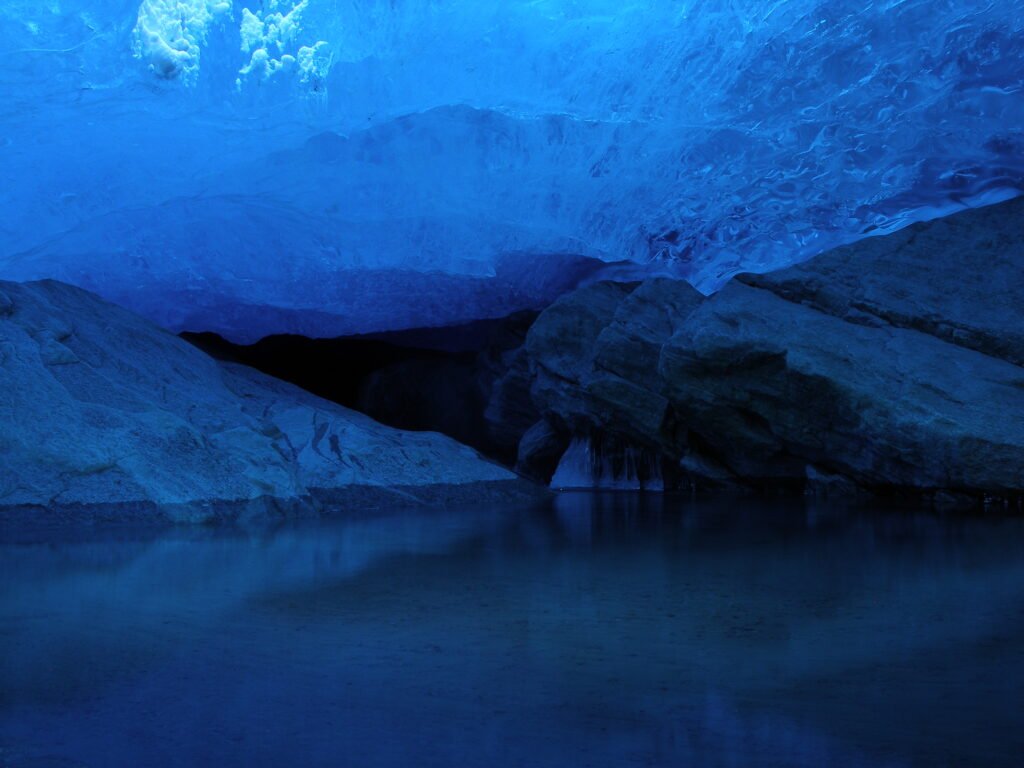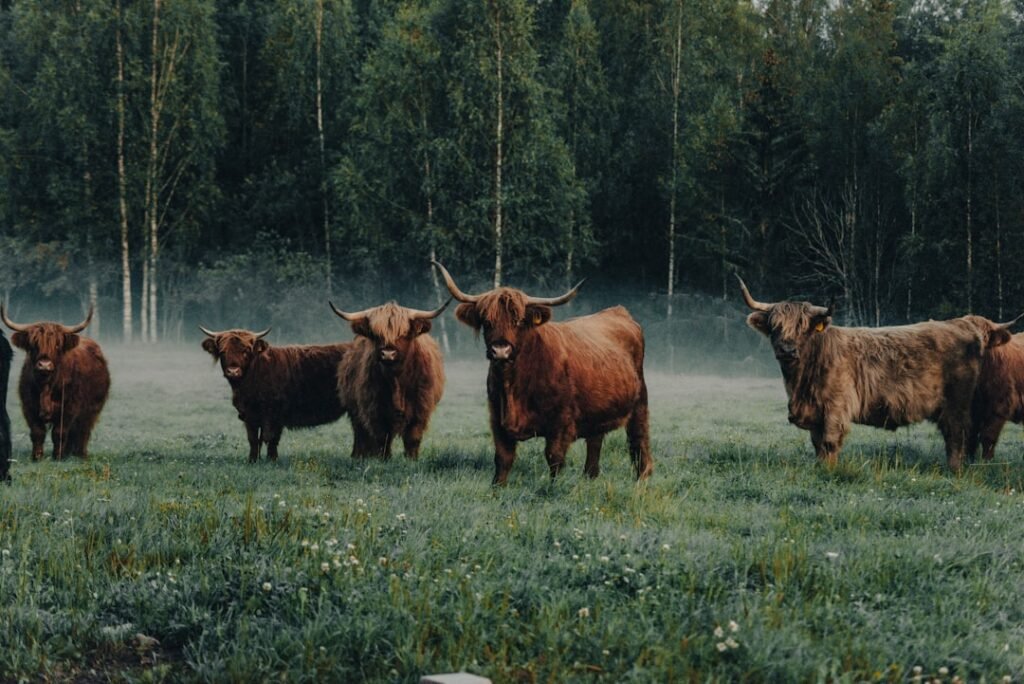Earth’s ancient past was a time when creatures of unimaginable size ruled land, sea, and sky. While today’s elephants, whales, and crocodiles might seem enormous, they’re practically dwarfed by their prehistoric counterparts. These massive beasts lived in a world where being bigger often meant surviving longer, hunting more effectively, or defending against equally enormous predators. From swamps teeming with crocodilians the size of buses to grasslands where ground sloths towered over modern bears, these giants shaped ecosystems in ways we’re only beginning to understand.
Deinosuchus: The Terrible Crocodile That Ate Dinosaurs

Picture a crocodile so massive it could snap a Tyrannosaurus rex in half with a single bite. That’s exactly what Deinosuchus was capable of, measuring up to 35 feet in total length and weighing between 12 to 15 tonnes. The “terrible crocodile” in Greek could reach more than 35 feet in length and weigh over five tons. This apex predator ruled the rivers and coastal regions of North America during the Late Cretaceous period, roughly 82 to 73 million years ago.
What made Deinosuchus truly terrifying wasn’t just its size, but its incredible bite force. These teeth were mounted on jaws that delivered a bite force of up to 10.5 tons per square centimeter. Bite marks on bones leave no doubt that the immense reptile caught and ate dinosaurs. Unlike modern crocodilians that primarily ambush prey from the water, Deinosuchus was an opportunistic hunter that could pursue targets both in water and on land, making it one of the most versatile predators of its time.
Megalodon: The Ultimate Ocean Predator
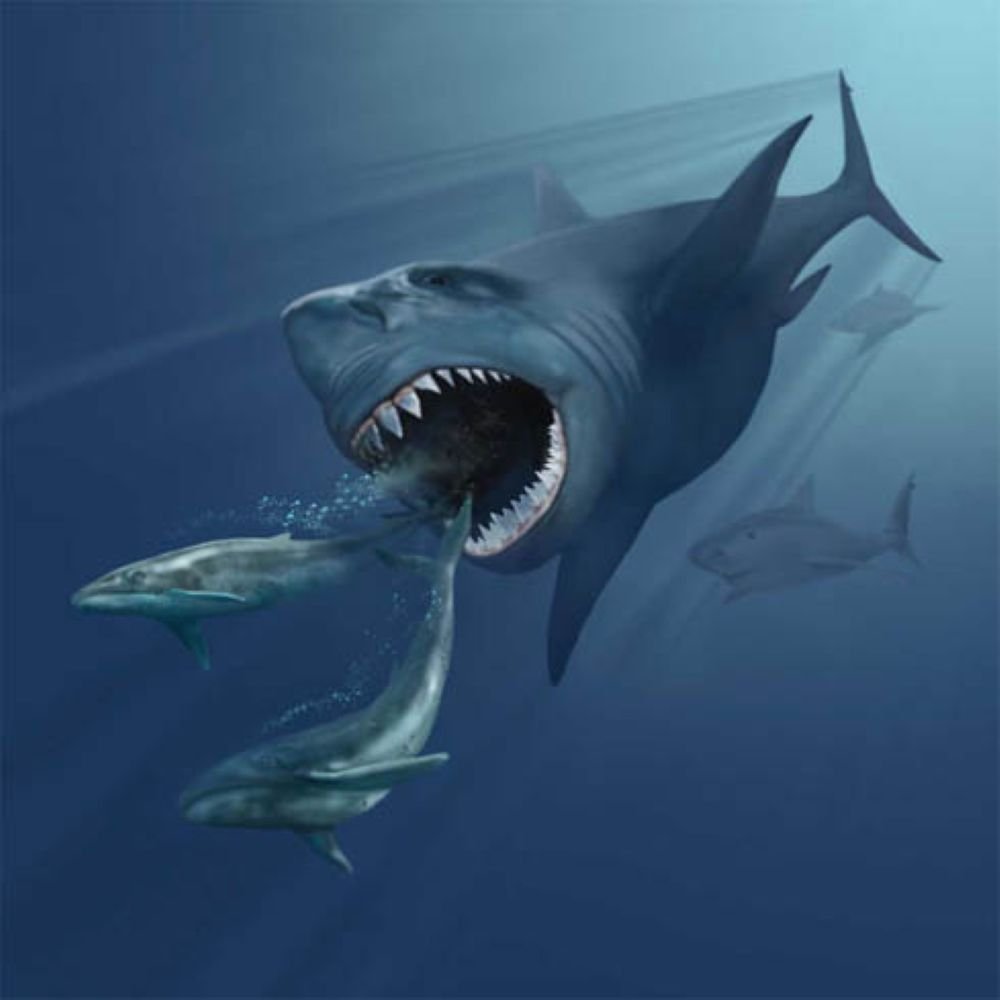
Long before great white sharks claimed the title of ocean apex predator, Megalodon ruled the seas with absolute authority. It could weigh up to 65 metric tons, look like a giant, more terrifying version of the modern great white shark, and was an apex predator that preyed mostly on large whales. This prehistoric shark lived roughly 15 million years ago and dominated marine ecosystems worldwide until its extinction about 3.6 million years ago.
The sheer scale of Megalodon defies modern imagination. With teeth the size of a person’s hand and jaws that could swallow a small car, this shark was perfectly designed for hunting the largest marine mammals. Despite being known as ocean giants today, whales only started to evolve truly impressive sizes around 3.6 million years ago, just before the huge shark Otodus megalodon went extinct. The extinction of Megalodon actually paved the way for whales to grow to the massive sizes we see today, proving that even the mightiest predators can fall.
Stupendemys: The Freshwater Giant
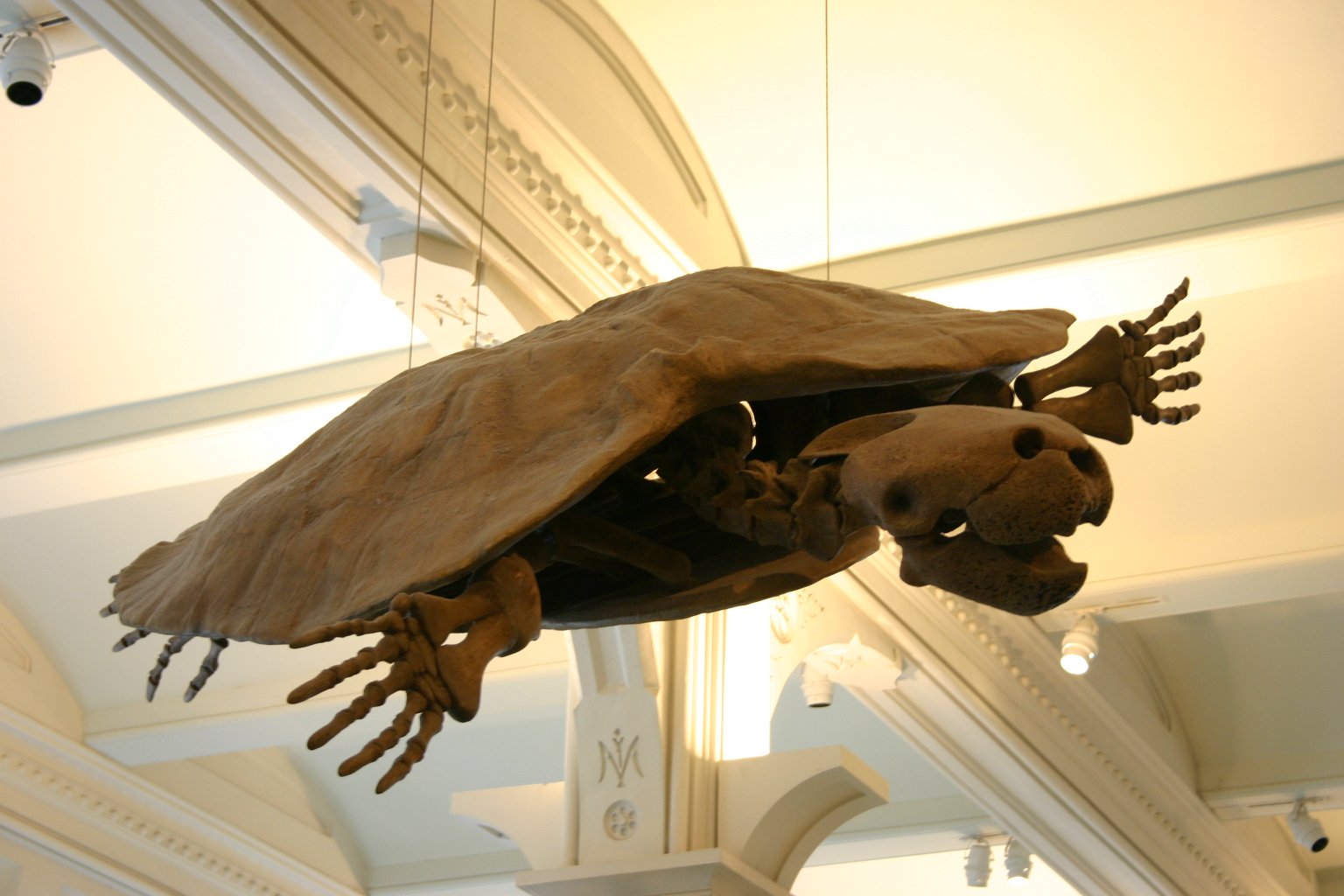
While most giant turtles of the past lived in the ocean, Stupendemys geographicus broke that mold entirely. We document the largest shell reported for any extant or extinct turtle, with a carapace length of 2.40 m and estimated mass of 1,145 kg, almost 100 times the size of its closest living relative. This colossal freshwater turtle lived in South American rivers and lakes during the Miocene epoch, roughly 13 to 7 million years ago.
Stupendemys geographicus was a massive tank of a freshwater turtle that weighed more than 2,500 pounds and prowled lakes and rivers during the Miocene, weighing about twice as much as leatherback sea turtles. What’s even more fascinating is that males may have sported horn-like projections on their shells, suggesting these giants engaged in territorial battles that would have been spectacular to witness. These turtles shared their aquatic habitats with equally enormous crocodilians and caimans, creating an ecosystem of giants that has no modern equivalent.
Archelon: The Cretaceous Sea Giant
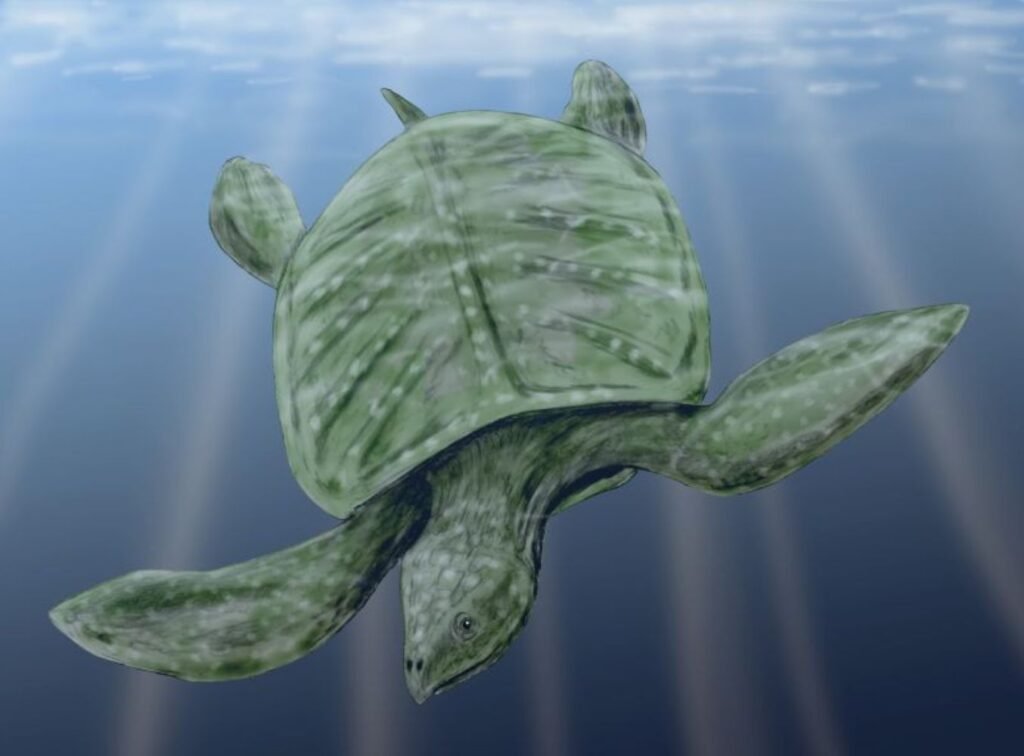
The ancient oceans were home to turtle species that make today’s sea turtles look like mere hatchlings. Archelon is an extinct marine turtle from the Late Cretaceous, and is the largest turtle ever to have been documented, with the biggest specimen measuring 4.6 m from head to tail and 2.2–3.2 t in body mass. Living roughly 74 million years ago, Archelon navigated the same waters as marine reptiles like plesiosaurs and mosasaurs.
The flippers would have had a spread of between 490 and 610 cm, giving this ancient giant a wingspan comparable to a small aircraft. Unlike modern sea turtles with their hard shells, Archelon had a leathery carapace similar to today’s leatherback turtles. This adaptation likely helped it dive to greater depths while maintaining flexibility in the water. The species Archelon ischyros was a sea turtle that may have stretched beyond 15 feet long – more than twice as long as leatherbacks, similar to sea turtles today in appearance, but their sheer size puts them in another league altogether.
Giant Short-Faced Bear: North America’s Super Predator
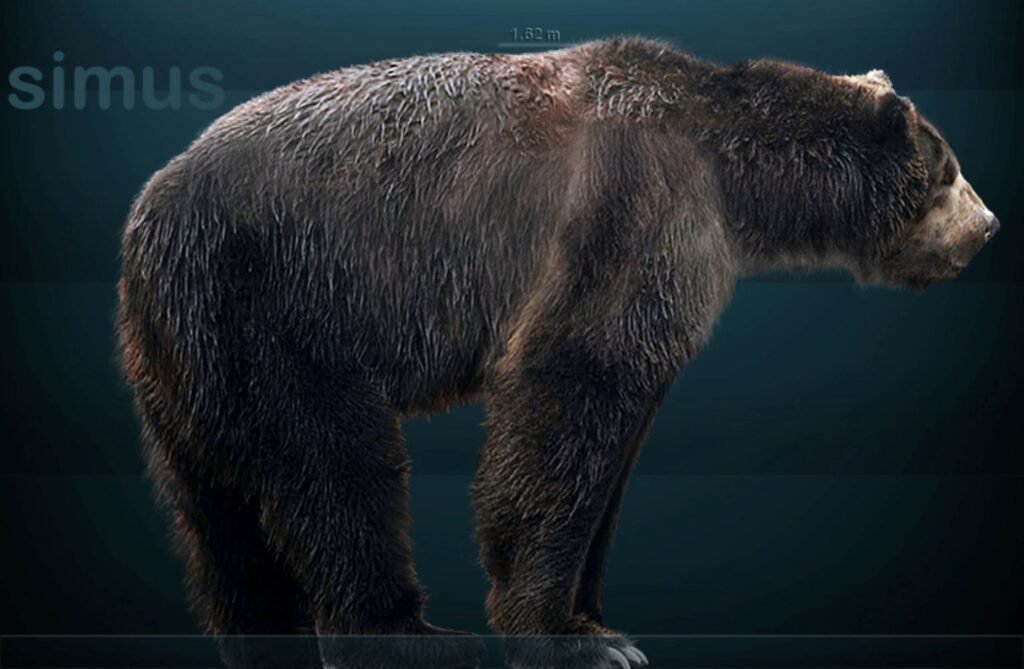
When early humans first arrived in North America, they encountered a predator more terrifying than any grizzly or polar bear alive today. The giant short-faced bear (Arctodus simus) was the largest carnivorous mammal to ever roam North America, standing on its hind legs with a vertical reach of more than 14 feet. The giant North American short-faced bear typically weighed 400-600 kg, with large males potentially reaching up to 1,000 kg, with guesses that the largest individuals could reach even larger mass, up to 1,200 kg.
What set this bear apart wasn’t just its incredible size, but its unusual build and hunting strategy. The most striking difference between modern North American bears and the giant short-faced bear were its long, lean and muscular legs, and it could reach speeds topping 40 miles per hour, making it the fastest bear to ever live. Unlike modern bears that are primarily omnivorous, the short-faced bear was a specialized predator that could chase down prey across the Ice Age landscapes. This combination of size and speed made it virtually unstoppable in its domain.
Arthropleura: The Giant Millipede of Ancient Forests
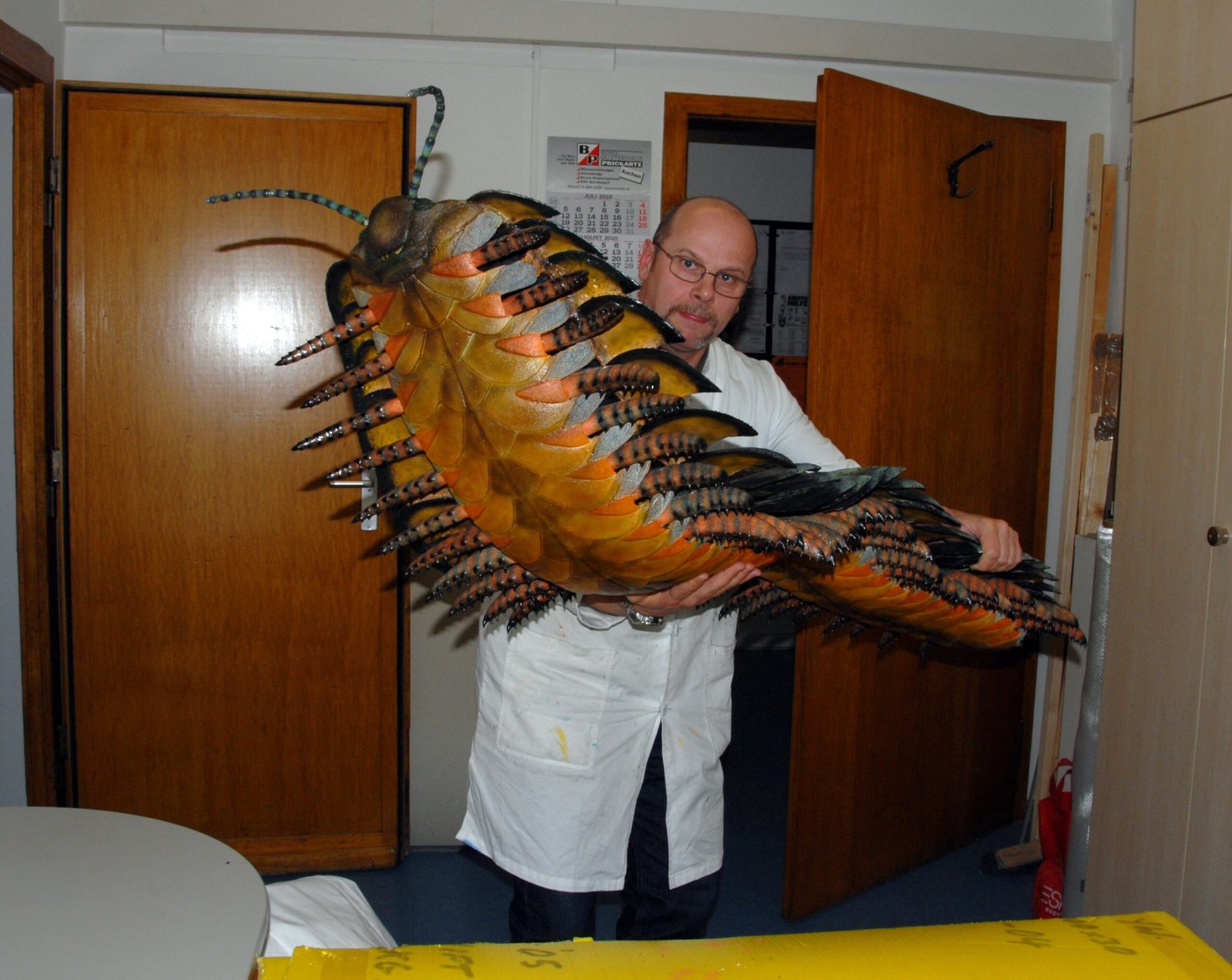
During the Carboniferous period, roughly 300 million years ago, the world’s oxygen levels were significantly higher than today, allowing arthropods to grow to truly gigantic proportions. Largest among them was Arthropleura, a 2.6m-long, mulch-eating millipede that roamed the beaches and forests of ancient England. Arthropleura lived in the Carboniferous forests, approximately 323-299 million years ago and became extinct shortly before the Permian when forests were decreasing and the landscape was becoming dryer.
This giant creepy-crawly lived during the Carboniferous period when sprawling rainforests drew in carbon dioxide and breathed out masses of oxygen, with 5-10 per cent more oxygen in the air during this time, which is one reason why Arthropleura grew so large. Imagine walking through ancient forests and encountering a millipede longer than most modern crocodiles, peacefully munching on decaying plant matter. These gentle giants were herbivores, but their sheer size would have made them intimidating to any creature that crossed their path.
Titanoptera: Prehistoric Flying Giants
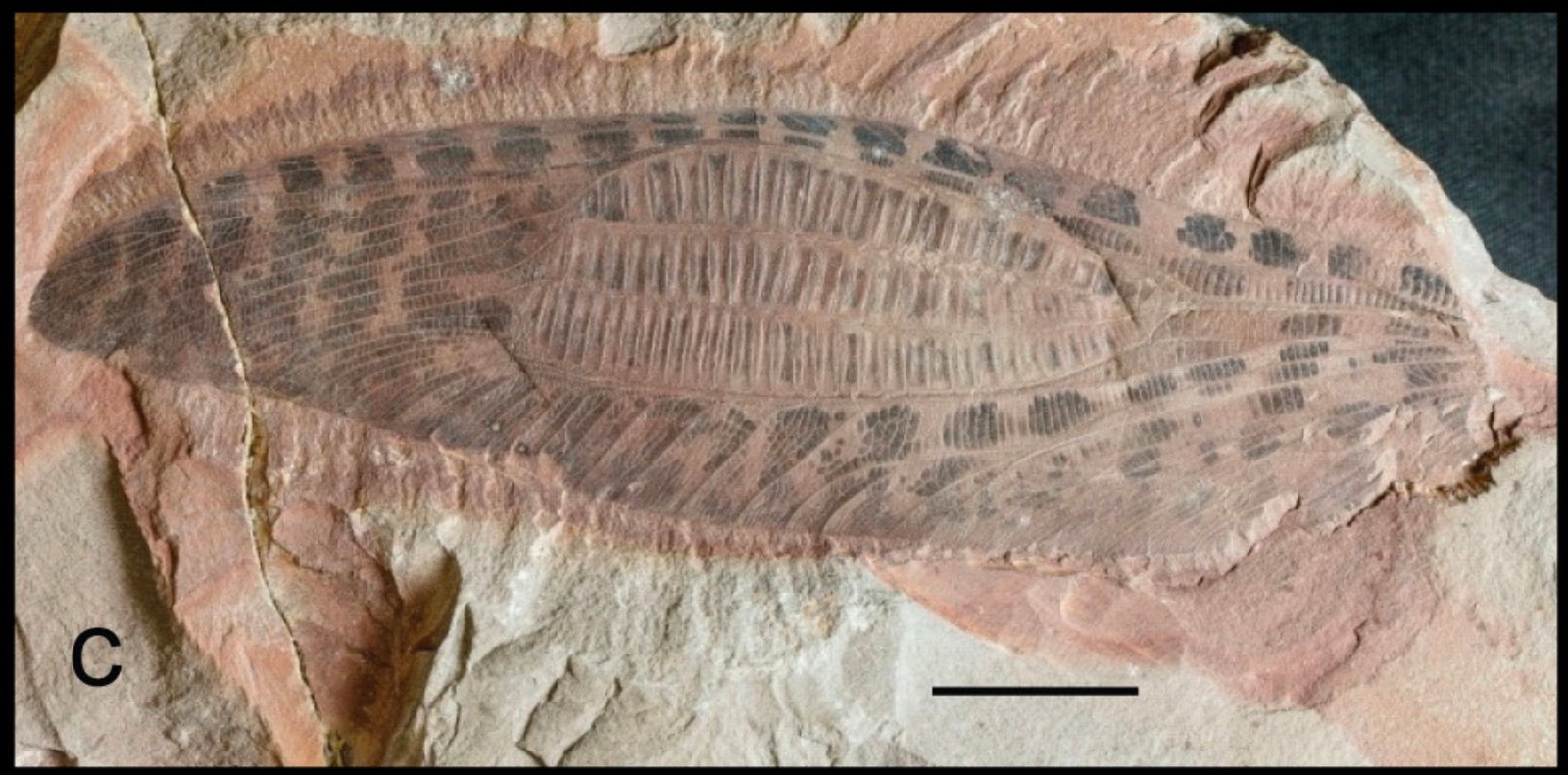
https://doi.org/10.3853/j.1835-4211.40.2024.1902, CC BY 4.0, https://commons.wikimedia.org/w/index.php?curid=164510940)
The Carboniferous period wasn’t just home to giant millipedes – the skies were dominated by insects that would terrify modern entomologists. Titanoptera is an extinct order of neopteran insects from late Carboniferous to Triassic periods, with some having wingspans of up to 36 centimetres or even 40 centimetres. Titanopterans were related to modern grasshoppers, but were much larger, had proportionally weaker hindlegs that could not allow the animals to leap, and grasping forelegs and elongated mandibles, with general shape and anatomy suggesting they were predators.
These aerial hunters were unlike anything we see today. With wingspans approaching 16 inches, they were the size of small birds but possessed the predatory instincts of modern praying mantises. Another distinctive feature was the presence of prominent fluted regions on the forewings, which may have been used in stridulation, and examination of the oldest titanopteran genus, Theiatitan, indicates they used flashes of light from wing displays and crepitation. Picture these massive insects patrolling ancient forests, their wings creating haunting sounds as they communicated with potential mates or warned off rivals.
Megalochelys Atlas: The Colossal Land Turtle
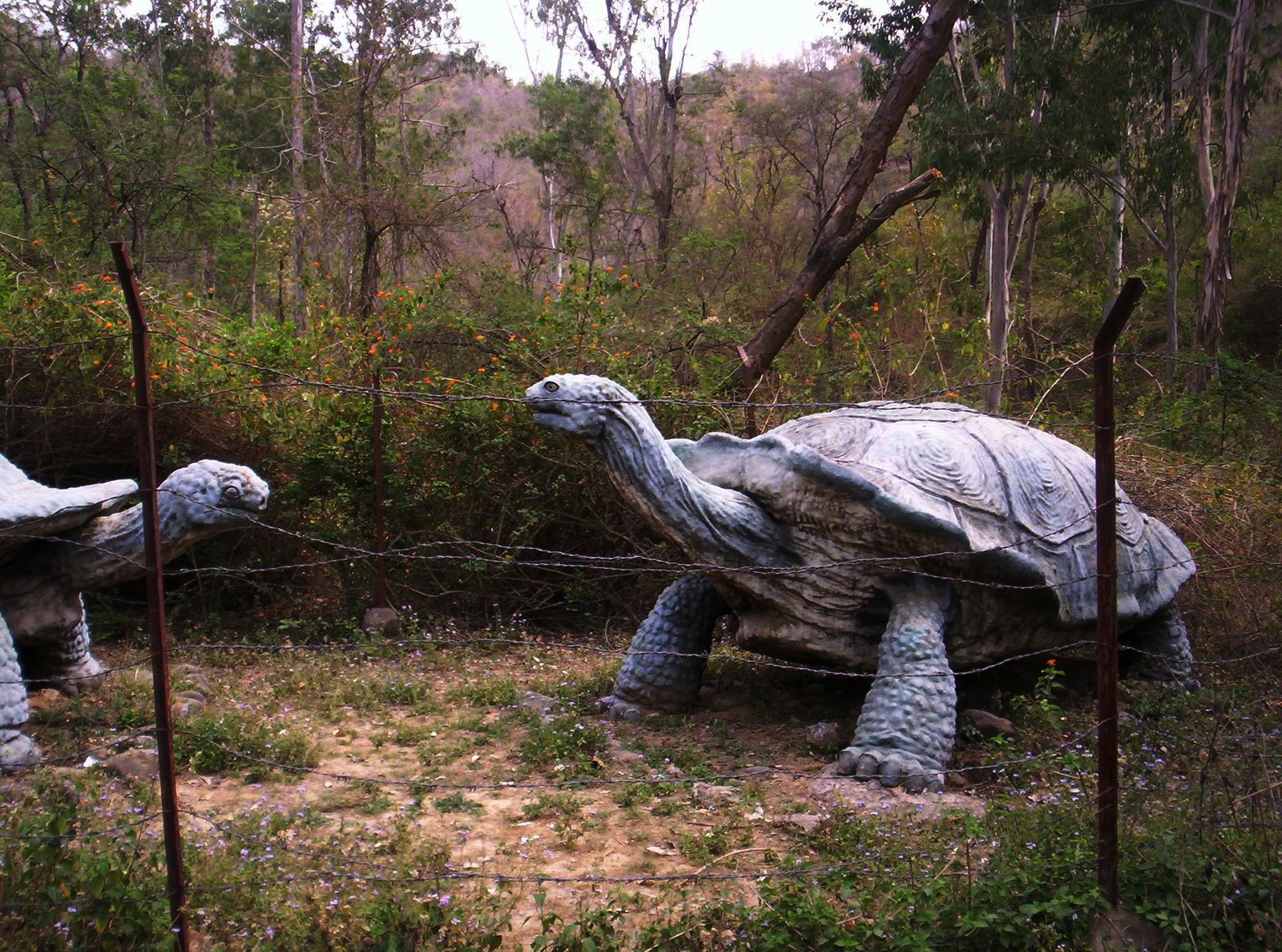
On land, one of the most impressive giants was a turtle so enormous it stood taller than most humans. One species of Megalochelys, M. atlas, is the largest known tortoise, with shells of 2 m in length having been reported and popular weight estimates varying greatly with the highest estimates reaching up to 4,000 kg in some instances. The Megalochelys atlas is the largest tortoise ever known, with a shell length of more than 2 m and an estimated total length of 2.7 m, standing at an approximate height of 1.8 m.
These magnificent creatures roamed the Indian subcontinent during the Pleistocene epoch, creating a landscape where giant tortoises wandered alongside early human ancestors. Turtles made up a large portion of the diet of early humans, and the disappearance of these giant tortoises coincided with the arrival of Homo erectus on the islands they lived on, with humans practically hunting them to extinction by the end of the Pleistocene epoch. The relationship between these gentle giants and our ancestors represents one of humanity’s earliest impacts on megafauna, a preview of the mass extinctions that would follow.
Steppe Mammoth: The Largest Elephant That Ever Lived
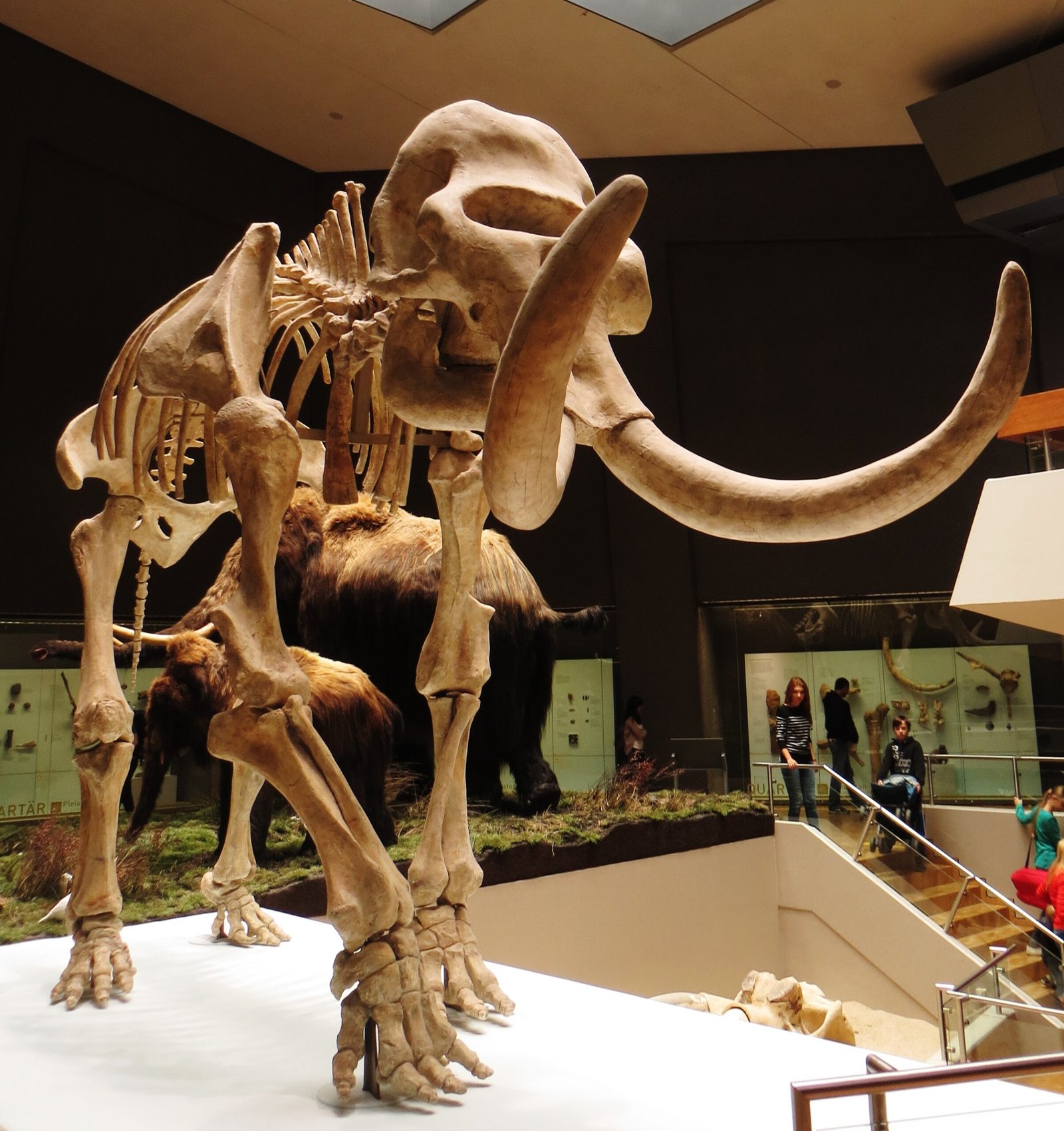
While woolly mammoths capture most people’s imagination, they weren’t even close to being the largest elephants of the ice age. Woolly mammoths are the most famous shaggy elephants, but they were not the biggest. The steppe mammoth, known to paleontologists as Mammuthus trogontherii, was the largest of all. Steppe mammoths wandered much of Eurasia between 200,000 and 1.8 million years ago, and some of the largest known specimens were about 15 feet tall at the shoulder, significantly taller than even the largest African bush elephants.
The scale of these ancient elephants is difficult to comprehend. Standing nearly twice the height of modern elephants, they would have dominated the prehistoric landscape like living monuments. Exceptionally large steppe mammoth bones hint that this prehistoric elephant was one of the largest land-dwelling mammals to have ever lived. Their massive size likely helped them process the enormous quantities of vegetation needed to sustain their bulk, while also providing protection against the formidable predators that shared their world.
Giant Ground Sloth: The Bear-Sized Herbivore
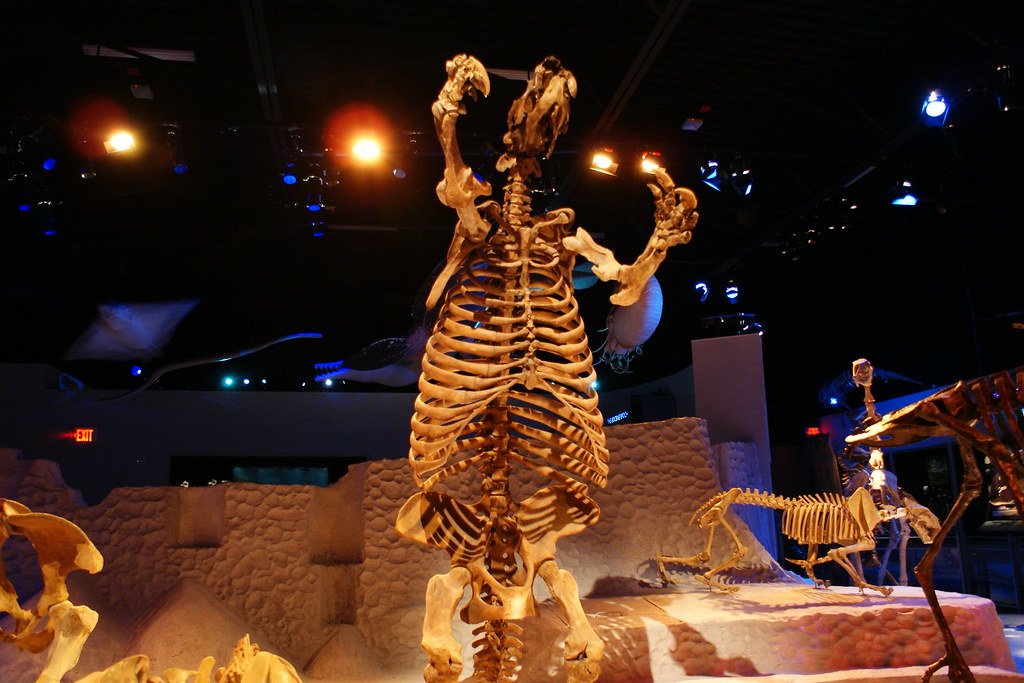
Today’s sloths are known for their leisurely tree-dwelling lifestyle, but their prehistoric relatives were entirely different beasts. Today, sloths are molasses-moving tree dwellers roughly the size of a dog, but in Ice Age North America, sloths were an entirely different beast. The giant ground sloths of the late Pleistocene were bear-sized herbivores that stood 12 feet on their hind legs and weighed up to 3,000 pounds. These massive creatures, including species like Jefferson’s ground sloth, roamed North and South America until roughly 10,000 years ago.
One giant sloth species, the Jefferson ground sloth (Megalonyx jeffersonii), was named for Thomas Jefferson, who initially believed that sloth fossils were a type of colossal cat that he dubbed the Megalonyx (“giant claw”). Despite their enormous size and formidable claws, these giants were peaceful herbivores that used their massive arms to pull down tree branches and strip vegetation. The extinction of these gentle giants marked the end of an era when South American megafauna dominated landscapes across two continents.
Conclusion
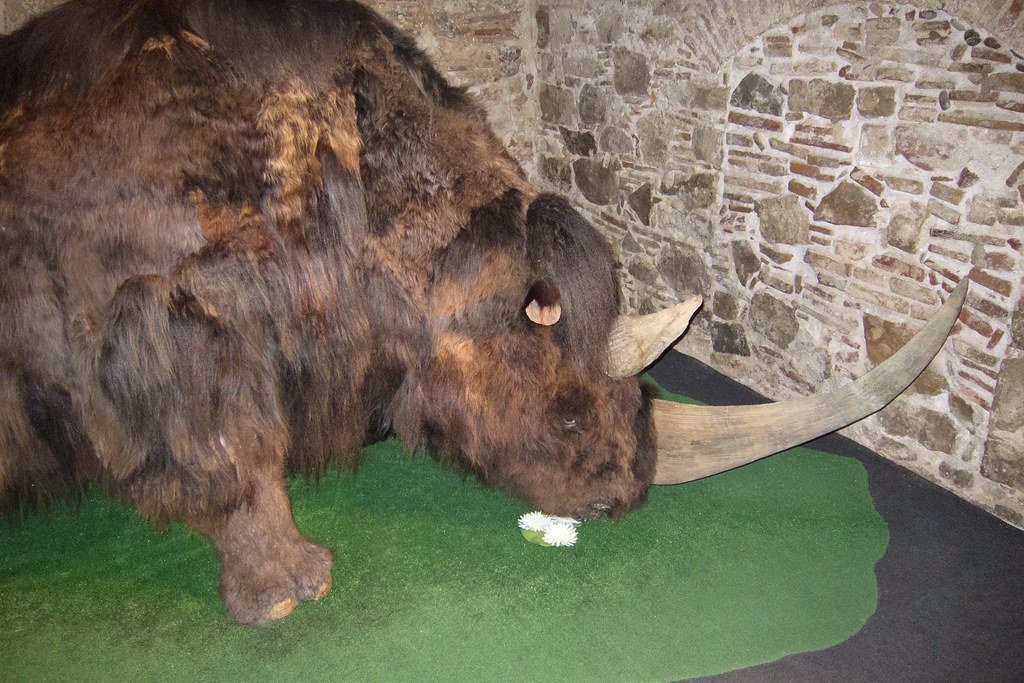
The prehistoric world was truly a realm of giants, where creatures pushed the boundaries of size and power in ways that seem almost mythical today. These magnificent beasts thrived in ecosystems where being enormous was often the key to survival, whether for hunting massive prey, defending against equally formidable predators, or simply accessing resources that smaller creatures couldn’t reach. From Deinosuchus terrorizing Cretaceous rivers to giant ground sloths peacefully browsing Ice Age forests, each of these creatures represents a unique evolutionary solution to the challenges of their time.
Yet for all their size and strength, these giants couldn’t survive the changing world around them. Climate shifts, habitat loss, and the arrival of human hunters ultimately spelled doom for most of Earth’s megafauna. Today, we’re left with fossils and fragments that hint at a world where the impossible was everyday reality. As we face our own environmental challenges, perhaps these ancient giants can teach us something about adaptation, survival, and the delicate balance that keeps ecosystems functioning. What other secrets might these prehistoric titans still be hiding in the rocks beneath our feet?

Hi, I’m Andrew, and I come from India. Experienced content specialist with a passion for writing. My forte includes health and wellness, Travel, Animals, and Nature. A nature nomad, I am obsessed with mountains and love high-altitude trekking. I have been on several Himalayan treks in India including the Everest Base Camp in Nepal, a profound experience.

